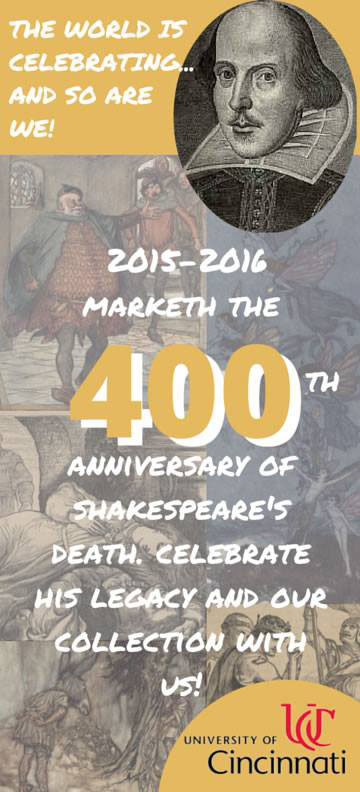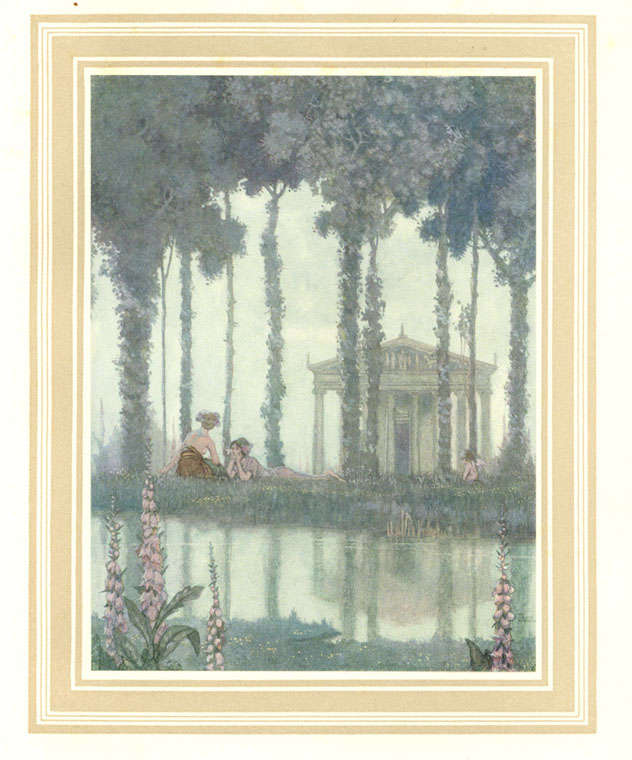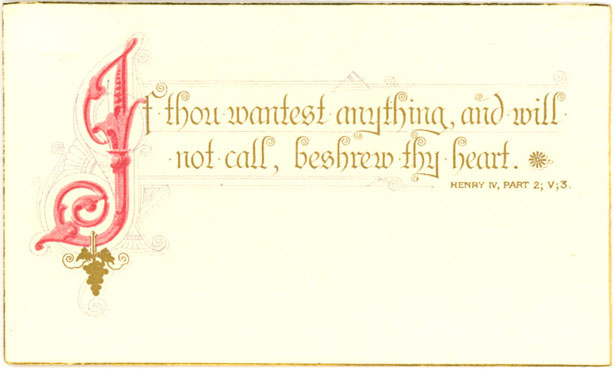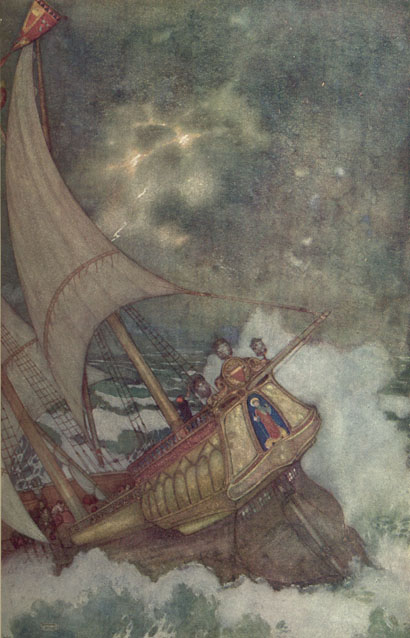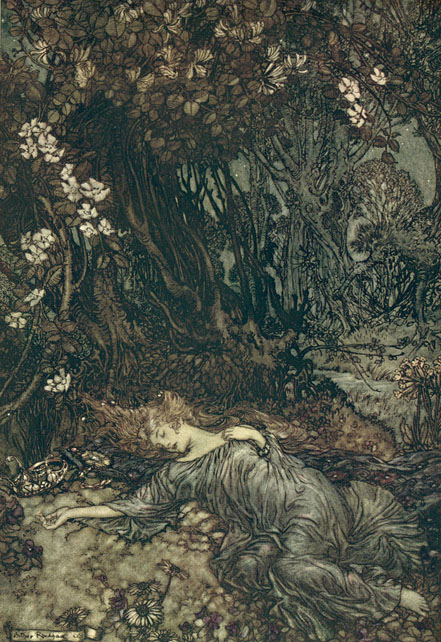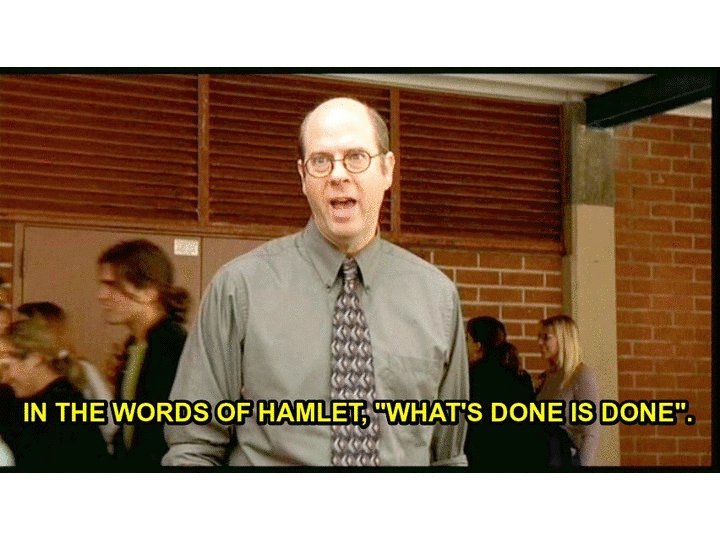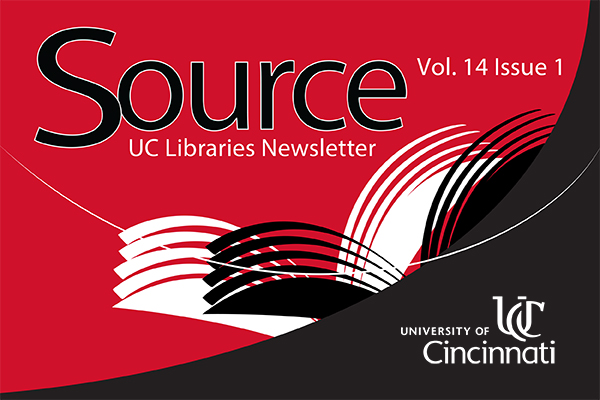By: Sydney Vollmer, ARB Intern
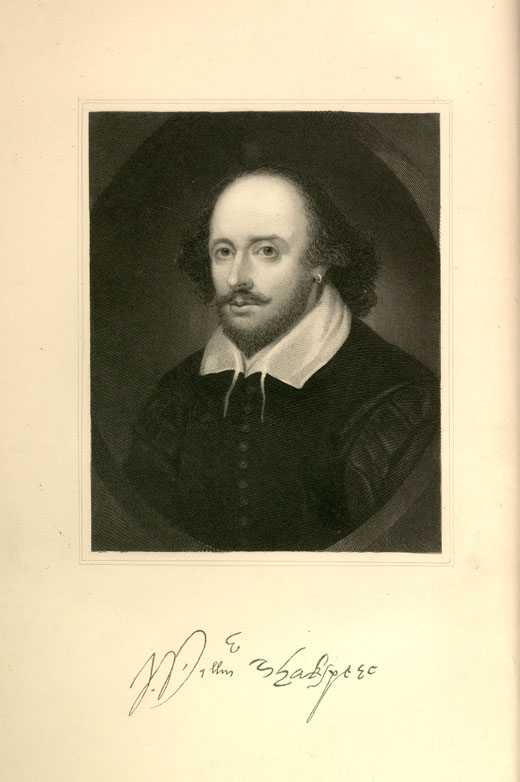 I’m going to depart from the traditional format of my blog posts for just a moment. Instead of trying to share some story or educate you on our holdings, I would rather take a second and start a discussion with all of you.
I’m going to depart from the traditional format of my blog posts for just a moment. Instead of trying to share some story or educate you on our holdings, I would rather take a second and start a discussion with all of you.
Recently I came across an article in the Wall Street Journal, titled, “The Coming Shakespeare Extravaganza” (you may have seen it on our Facebook page). The article goes over the impending 400th anniversary celebrations, but it also asks if we are celebrating William too much. I would like to ask you all the same question, but in broader terms. Continue reading

